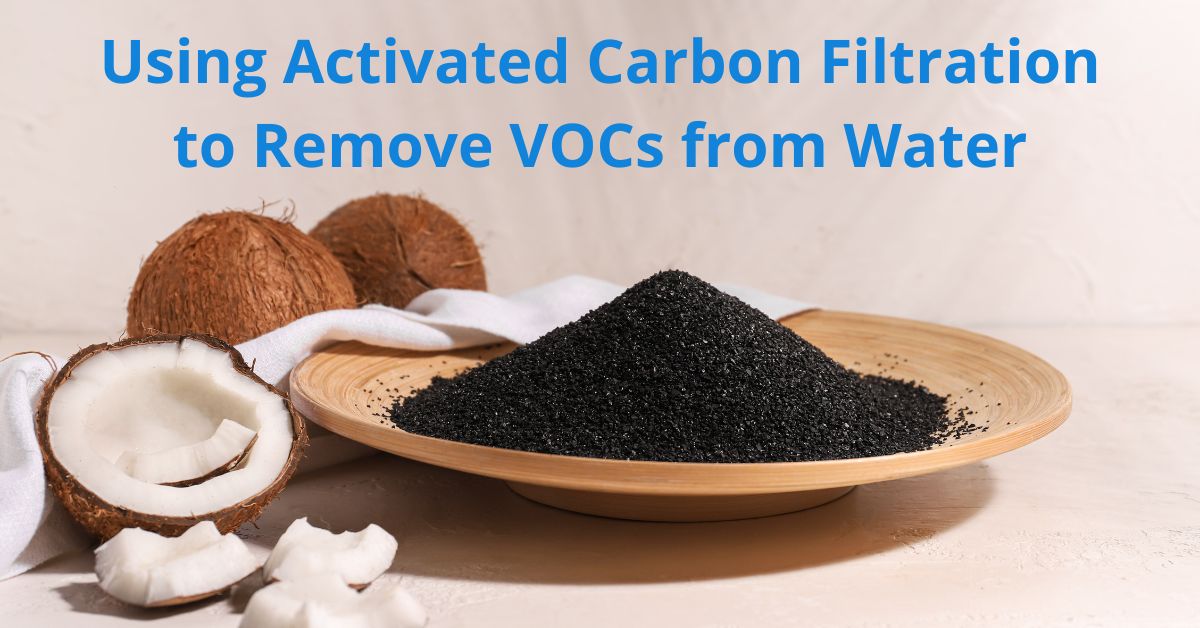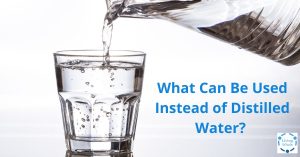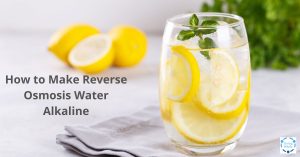Volatile organic compounds (VOCs) in tap water are an ongoing concern. These chemical contaminants have low boiling points and evaporate easily into the air. Their sources include industrial discharge, gasoline, paints, pesticides, and more. This raises the question: how effective are activated carbon filters at removing tricky VOCs from drinking water?
What are VOCs, and How Do They Get into Water?
VOCs are a wide range of carbon-based compounds, both natural and synthetic. Their volatility allows VOCs to easily enter ground and surface waters from chemical spills, landfill leaching, fuel leaks, and industrial waste sites.
Health Risks of VOCs
While many VOCs are considered safe at low levels, certain types raise health concerns, from short-term symptoms to increased cancer risk from long-term exposure. Removing VOCs from drinking water is smart.
Activated Carbon Adsorption
Activated carbon filtration uses a massive porous surface area to trap contaminants. This makes it very effective for reducing many VOCs through adsorption. However, ultra-small and volatile VOCs can be challenging.
Optimising Activated Carbon for VOCs
Not all carbon filters are equally effective. To enhance VOC removal, look for:
- Tight micropores optimised to adsorb VOCs while blocking passage.
- Denser block carbon versus loose granulated carbon
- Impregnated carbon is designed to attract VOCs.
- Catalyzed carbon with added precious metals to actively degrade VOCs.
- Large carbon mass and high contact time. A slow flow rate improves adsorption.
Combining carbon filters with other technologies like under sink water filters, fluoride water filters, gravity fed water filter, or countertop water purifiers creates a defence in depth against VOC contamination. Countertop distillers also provide chemical-free VOC removal.
While limitations exist, high-quality activated carbon filtration remains one of the most versatile options for removing a wide range of VOCs from water. Paired with other methods, carbon provides comprehensive VOC protection for home drinking water.




